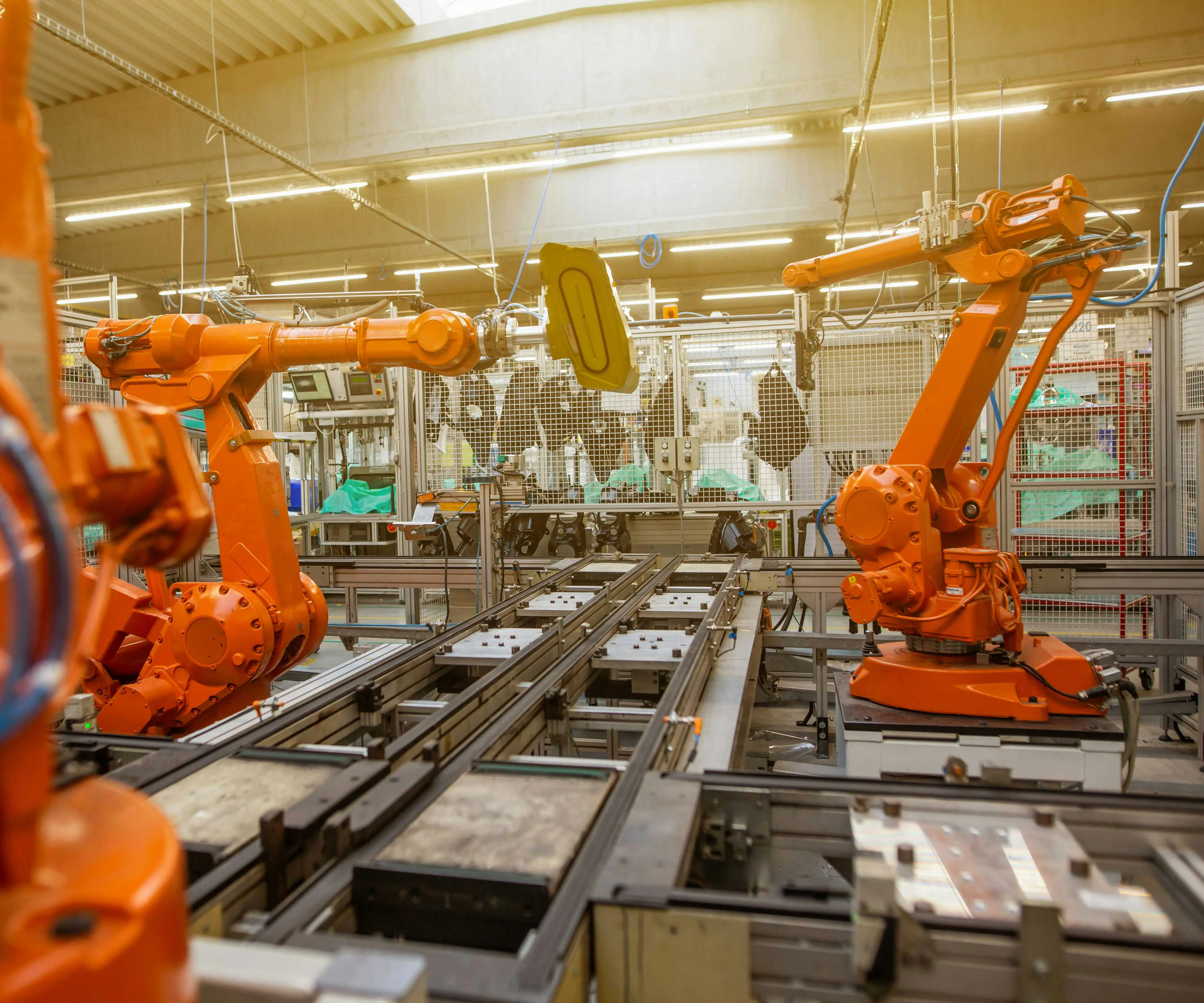Ever looked at a robot’s joints and wondered how they move so smoothly? That's where joint space in robotics turns into a game-changer. It’s like giving robots a kind of invisibility cloak that hides their internal workings, making movement seamless and precise. Think about a robotic arm—without a well-defined joint space, every twist and turn might seem jerky or unpredictable. But with sophisticated joint space design? Everything flows naturally, almost like the robot has a mind of its own.

For a moment, picture the tiny details that go into this — the sensors, the actuators, the way the joints communicate with the controller. When those elements align perfectly, the robot isn't just functioning; it's dancing through tasks. This is where joint space becomes so vital. It’s not just a technical term but the backbone of smooth, efficient robot motion. It influences accuracy, speed, and the ability to adapt quickly. You want a robot that can handle delicate assembly tasks or heavy lifting without breaking a sweat or dropping a single screw, right? That’s precisely what a well-constructed joint space guarantees.
Some ask, “Why focus on joint space instead of the overall robot design?” The answer is simple: because the devil is in the details. A robot might look stylish on the outside, but if its joint space is off, it’ll stumble over simple moves. Poor joint calibration leads to wasted time, increased wear and tear, and a lot of frustration. On the flip side, a meticulously crafted joint space means fewer breakdowns, faster operation, and more reliable results.
In real-world applications, you see this everywhere—automotive manufacturing, electronics assembly, even medical robotics. In each case, the smoothness of movement makes a difference. When a robotic arm glides effortlessly to tighten a tiny screw or carefully places fragile components, it’s not luck. It’s the design and optimization of joint space at work.
Whenever I think of joint space, I wonder: how do we keep pushing the boundaries? Better sensors? Smarter algorithms? Maybe a bit of both. The future might hold robots that learn their joint motions through experience, adapting on the fly. That kind of flexibility would redefine how industries work.
This isn't just about fancy tech. It influences real productivity, safety, and even how humans and robots work side by side. Because when a robot moves with grace, it’s less intimidating, more trustworthy. And isn't that what we all want—machines that feel almost human in their movements?
If there’s one thing I know, it’s that exploring the nuances of joint space opens a path to more intelligent, efficient robotics. Each improvement means better performance, fewer errors, and a future where robots integrate seamlessly into daily life. That’s the power nestled inside a good joint space design.
Leveraging innovations in modular drive technology, Kpower integrates high-performance motors, precision reducers, and multi-protocol control systems to provide efficient and customized smart drive system solutions.




































